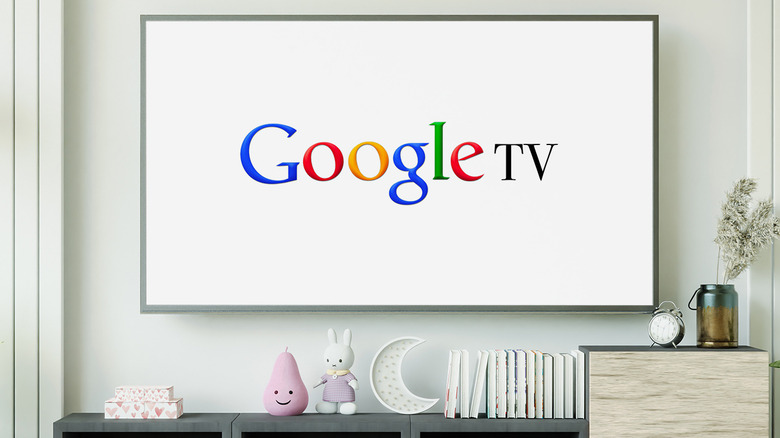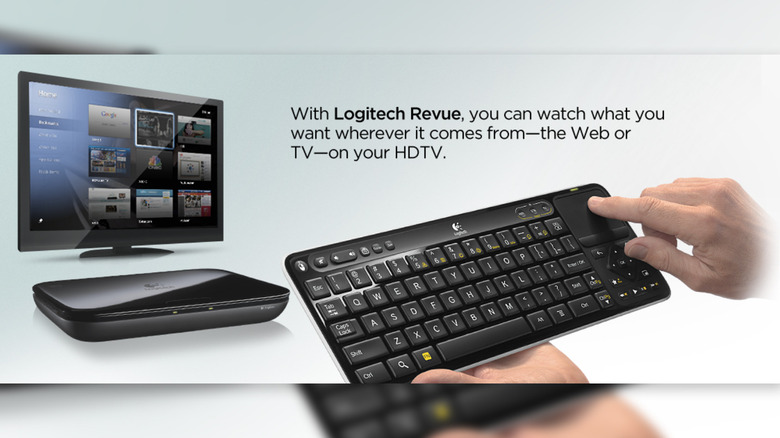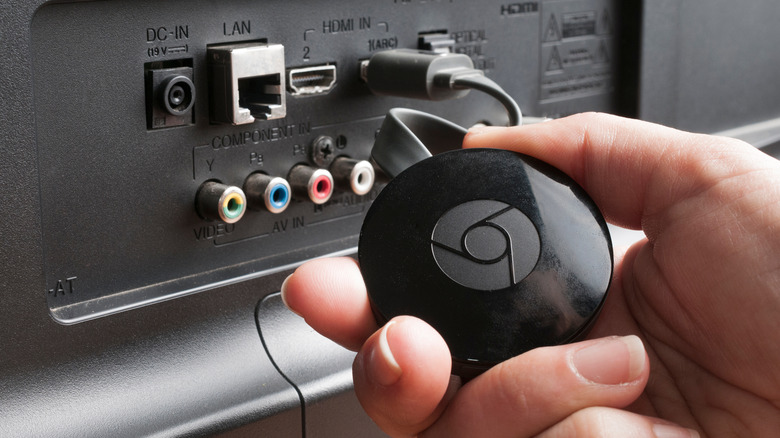Do You Remember Google's Failed TV?
Google's Android TV platform has come a long way since its introduction in 2014, and it's slowly picking up the pace against firmly seated incumbents like Samsung's Tizen and LG's WebOS platforms for smart TVs. In the fourth quarter of 2021, Android TV was the fastest-growing smart TV operating system, according to Conviva, showing a year-on-year growth of 42%. However, nearly half a decade before Google introduced the Android TV platform, it launched the original Google TV, which flopped miserably within a year or so of launch.
The Google TV that was released in October 2010 was completely different than the currently available Google TV content discovery interface. The now-defunct version came via partnerships with Logitech and Sony and was available in a set-top box form factor; it was not originally a replacement for your cable or satellite TV connection, but instead was designed to augment the experience. Google TV relied on an internet connection to show programs and schedules while allowing users to download Android apps and browse the internet like a regular Android tablet.
Here's a look at the Logitech Revue with Google TV software, courtesy of Micheal MJD on YouTube:
While it seems to be a revolutionary product, it failed to appeal to a larger audience for reasons that included poor software performance, lack of supported content, and opposition from cable companies and other traditional media providers.
An expanded Android tablet experience on TV
Google TV was built upon Android 2 and eventually updated to Honeycomb v3.2, and the interface felt like a distended Android tablet. There was nothing that separated the product from the phones and tablets of the time. In its review back in 2011, FromeDome called the software "lame." The user experience was still off-putting to consumers even after the Logitech Revue's price tanked from $249 to $99 within a year of its launch. Google likely expected the lower price would finally attract new users, but it didn't.
A bigger problem — and perhaps the biggest reason for Google TV's failure — was that it did not replace one's existing cable TV connection; it was just an interface between the TV and the cable connection, and most people found the setup too perplexing and unnecessary. By sitting between the source and the TV unit, the Google TV box was supposed to add internet-based apps such as Google Chrome, YouTube, and Netflix while adding the functionality to show you what's new and latest on the TV automatically.
Even when the product did manage to convince a small group of people, some large channel distributors and media companies blocked their content from Google TV based on the assumption that they would lose ad revenue if people accessed their channels through the interface (via CNet). This was one of the final nails in its coffin as it prevented Google TV from offering one of its most important features: sorting your TV schedule for easier browsing.
A failure or simply too futuristic for the time?
While everyone else viewed Google TV as a failed product, TechCrunch's Matt Burns thought the product was futuristic, and the world wasn't ready for it. Seeing the state of Android TV today, we can say Burns was reasonably correct with that prediction. When Google TV was on the verge of dying, he wrote that it served as a "genius" middle man between streaming and cable, never having been intended to replace cable itself. Fast-forward more than a decade and many consumers now get their entertainment entirely through streaming, including live television, ditching cable providers entirely.
Besides the measly support from a handful of early Android admirers, the original Google TV was mainly unappealing for average users, and despite its price being reduced by 80%, the device still remained unattractive. It's likely safe to say Google's follow-up device — the Chromecast first released in 2013 – might have met the same fate had the company not introduced free casting support on Android and the Chrome browser for desktops.


